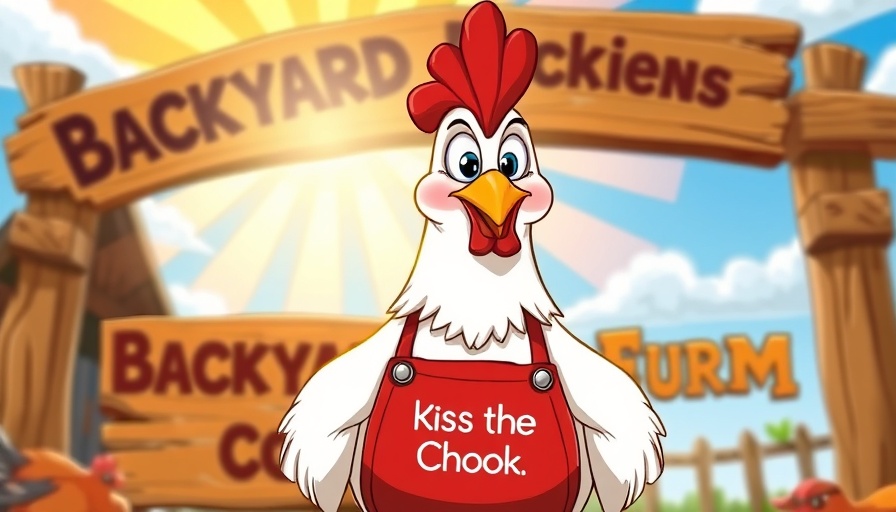
The Joy of Raising Baby Chicks: Getting Started Right
Raising baby chicks presents an exciting opportunity and experience for aspiring poultry keepers. Whether you’re motivated by the prospect of fresh eggs or simply the joy of nurturing these adorable fluff balls, proper preparation is essential. This guide distills essential steps and considerations to ensure a smooth start as you welcome your new chicks into your life.
Essential Supplies for Your Chickens
Before you bring your chicks home, you must gather the necessary supplies. At minimum, you will need:
- Brooder: A brooder provides a safe and warm environment for your chicks. A large plastic tote or a cardboard box can suffice, but ensure it’s secure and spacious enough to prevent overcrowding.
- Heat Source: Chicks need warmth to thrive. A heat lamp is traditional, but a heat plate is now recommended due to safety reasons—heat lamps can pose a fire risk.
- Bedding: Avoid cedar shavings and newspapers. Stick with pine shavings or straw to provide comfort and traction as chicks acclimatize to their new surroundings.
- Feeding Station: A specially designed chick feeder will help minimize mess and prevent waste, while a waterer should be easily accessible to prevent drowning accidents.
The Right Timing When Bringing Home Chicks
Timing is critical when introducing your new chicks. Bring them home either from a local farm supply store, hatchery, or breeder, and try to schedule this when you can dedicate time to settle them in. Make sure to have an electrolyte solution available if they endure the stress of shipping, which can happen if they are air freighted. Dip their beaks into the water to teach them where to drink after setting them on clean bedding.
Understanding Chick Development Stages
Chicks develop rapidly through various stages. In their first four weeks, you will witness their transformation from fluffy bundles into more robust and aware birds:
- Weeks 1-4: This is the Baby Chick Stage. Provide consistent warmth and food to help them grow successfully.
- Weeks 5-12: Welcome the Awkward Teen Phase. The young birds will start to sprout feathers, which can be an awkward endeavor.
- Weeks 13-30: Your pullets will begin exhibiting signs of readiness for egg-laying, such as developing combs and wattles.
Errors to Avoid as a New Chick Owner
As with any new endeavor, there are potential pitfalls new chick owners should be wary of. Overcrowding your brooder can lead to stress and injuries. Ensure adequate space for all chicks and adjust the heat source height weekly to avoid overheating.
Furthermore, regular observation assists in monitoring their health. If your chicks appear lethargic or exhibit unusual behavior, you may need to tweak their diet or habitat.
The Fun of Raising Chickens!
Raising baby chicks is not only rewarding but also a fantastic opportunity to learn about animal husbandry and contribute positively to your homestead. Each moment spent caring for your flock provides a chance to build connections with nature while enjoying an endless source of humor and joy.
If you’re interested in diving deeper into chicken care or exploring fresh designs for coops and equipment, keep researching, engage with local poultry communities, and don’t hesitate to seek advice from seasoned chicken keepers.
 Add Row
Add Row  Add
Add 




Write A Comment